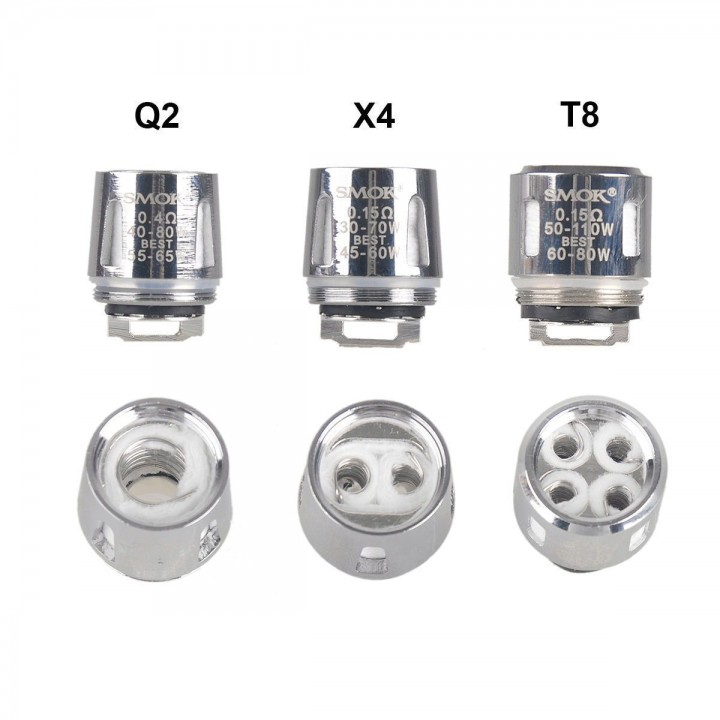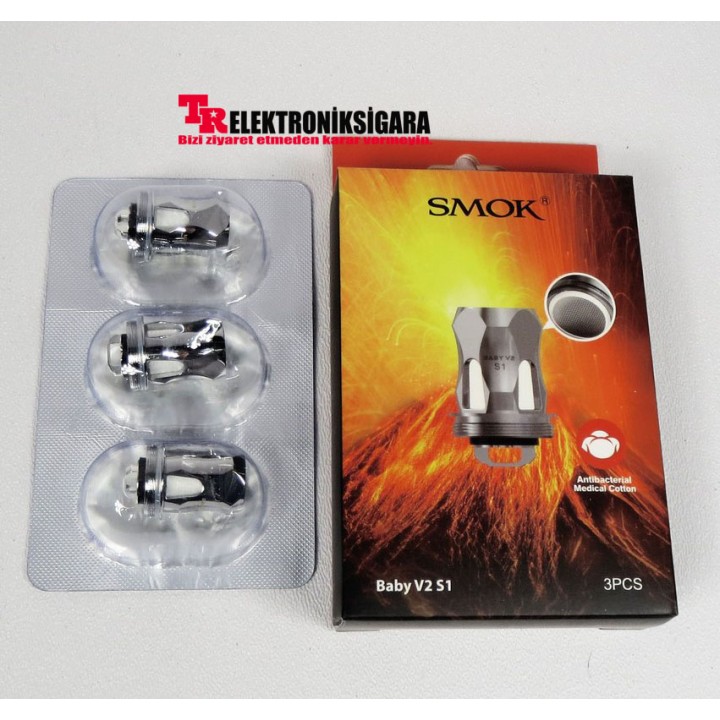If your coil is completely burnt, it won't be hard to notice—the taste of a burnt coil is definitely unmistakable. If the coil in your atomizer is slightly burnt, you'll get a milder burnt taste, at which point you might realize something is wrong. It's worth noting that if you continue to use a burnt coil, you could be exposed to harmful chemicals, so it's best to change the coil. Sometimes, even after you've changed the burnt coil, you might still experience a burnt taste. In some cases, this taste disappears after a few puffs, while in others it might linger. In such situations, it's advisable to change your e-liquid.

Why Do Coils Burn Out?
If you want to avoid coil burning, the most important thing is to first understand why coils burn out. This concept is actually quite simple and forms the basis of what will be explained in this article. First, imagine you're using your e-cigarette and you're not getting a burnt taste. When you press the firing button, electrical currents reach your coil, and the coil heats up. The heated coil also heats the saturated wicking material, and the liquid turns into vapor. Since there's e-liquid present to absorb the heat energy supplied to the coil inside your atomizer, the coil's temperature doesn't reach extremely high levels.
When the e-liquid inside your e-cigarette vaporizes, the wicking material (usually cotton) dries out slightly. However, since there's a tank full of e-liquid surrounding the coil, the wicking material always stays wet. This means that the wicking material will re-saturate before your next puff, and everything will work as it should. But what happens if there's no liquid in the wicking material, or not enough? Now, when you press the firing button and the coil heats up, there isn't enough e-liquid to absorb the additional heat generated. As a result, the coil's temperature will continuously increase. This leads to two undesirable outcomes:
* The liquid in the wicking material will overheat, reaching very high temperatures and causing PG to release formaldehyde. It's worth noting that formaldehyde definitely has a disgusting taste.
* Since there's nothing to protect it from the high heat, the wicking material will directly contact the high-temperature coil. This wicking material, typically made of cotton, will burn. In this case, if the wicking material is completely dry, it can literally catch fire. And yes, burnt cotton also tastes truly disgusting.
These two outcomes are the primary situations you might encounter under the definition of coil burning. A bad taste along with formaldehyde release can lead to unpleasant experiences.
How Can We Prevent Coil Burning?
As you can understand from the information above, the fundamental thing we need is to always have enough e-liquid in the e-cigarette when using it. This means you shouldn't perform “dry burn” on your coils, because most wicking materials are made of cotton, and if there's no liquid to protect the cotton, they become unusable. However, “dry burn” can be done with ceramic coils.

There's less risk when your wicking material has liquid, but you should still take a few steps to protect your coil. When you press the firing button, you consume the liquid in the wicking material, so you need to make sure that the e-liquid flows correctly to the wicking material before you fire again. This is the key point that will save you from burning your coil. So what does this mean from an e-cigarette user's perspective? What do we really need to do? For the answer to this question, please click the link below.
Click the link to see our quality electronic cigarette models. Models





